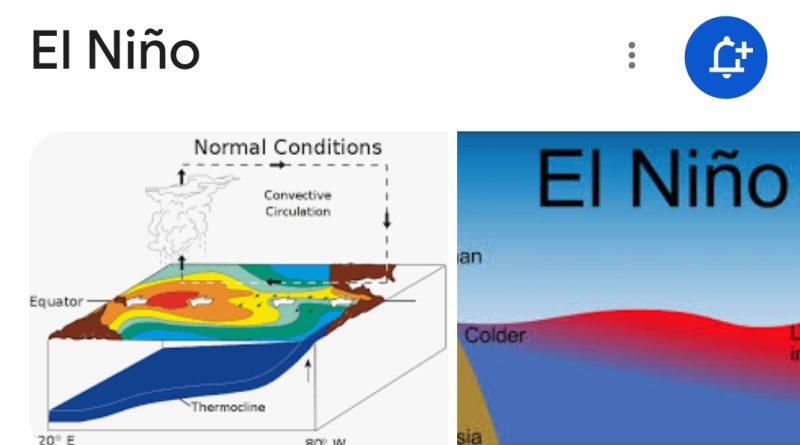World Meteorological Organization declares onset of El Niño conditions
Oru Leonard
A new update from the World Meteorological Organization (WMO) forecasts that there is a 90% probability of the El Niño event continuing during the second half of 2023. It is expected to be at least of moderate strength. The WMO Update combines forecasts and expert guidance from around the world.
“The onset of El Niño will greatly increase the likelihood of breaking temperature records and triggering more extreme heat in many parts of the world and in the ocean,” said WMO Secretary-General Prof. Petteri Taalas.
“The declaration of an El Niño by WMO is the signal to governments around the world to mobilize preparations to limit the impacts on our health, our ecosystems and our economies,” he said. “Early warnings and anticipatory action of extreme weather events associated with this major climate phenomenon are vital to save lives and livelihoods.”
El Niño occurs on average every two to seven years, and episodes typically last nine to 12 months. It is a naturally occurring climate pattern associated with warming of the ocean surface temperatures in the central and eastern tropical Pacific Ocean. But it takes place in the context of a climate changed by human activities.
In anticipation of the El Niño event, a WMO report released in May predicted that there is a 98% likelihood that at least one of next five years, and the five-year period, will be warmest on record, beating the record set in 2016 when there was an exceptionally strong El Niño.
The WMO report in May, led by the UK’s Met Office with partners around the world, also said there is a 66% likelihood that the annual average near-surface global temperature between 2023 and 2027 will temporarily be more than 1.5°C above pre-industrial levels for at least one year.
According to Google, El Niño is a coupled climate pattern, meaning the changes in the ocean temperature are paired with changes in the atmosphere.
Photo Credit: Google




